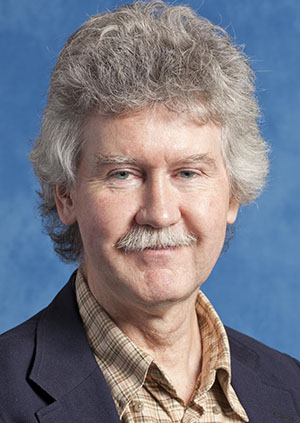| About the Compton Award |
The Arthur H. Compton award was established in 1995 by the APS Users' Executive Committee (APS UEC) to recognize an important scientific or technical accomplishment at the Advanced Photon Source. The awards are generally made biennially at APS User Meetings, which are held every spring. A call for nominations is sent out before the meeting, and the winner(s) is invited to give an award lecture at the meeting. Awards are not necessarily made each year. Compton was an American physicist who won the Nobel Prize for Physics in 1927 for discovering and explaining changes in x-ray wavelengths resulting from x-ray collisions with electrons, the so-called Compton effect. This important discovery in 1922 confirmed the dual nature (wave and particle) of electromagnetic radiation. A Ph.D. from Princeton University, Compton held many prominent positions, including professor of physics at The University of Chicago and chairman of the committee of the National Academy of Sciences that studied the military potential of atomic energy. His position on that committee made Compton instrumental in initiating the Manhattan Project, which created the first atomic bomb. The award consists of a $2500 prize, an award plaque, and a name plate on the plaque in the APS Atrium. The recipient of the award is also invited to present a lecture on his/her research in the APS plenary session. A complete nomination packet includes the following:
|
| Recent Award |
2025 APS Compton Award Presented to Ian Robinson  The Advanced Photon Source Users' Executive Committee (APS UEC) is pleased to announce that Ian Robinson is the winner of the 2025 APS UEC Arthur H. Compton Award, which recognizes an important scientific or technical accomplishment at the Advanced Photon Source. Ian Robinson, a professor at University College London and scientist at DOE’s Brookhaven National Laboratory, is the 2025 recipient of the Compton Award. The award recognizes important scientific or technical accomplishments at the APS. It’s named after an American physicist who won the Nobel Prize in physics in 1927 for discovering the Compton Effect, which explains changes in X-ray wavelengths resulting from collisions with electrons. Robinson pioneered a technique called Bragg coherent diffraction imaging (BCDI), which enables 2D or 3D reconstructions of images of crystalline structures at the nanoscale. The APS, which is in the final stages of a comprehensive upgrade, generates ultrabright and very coherent X-ray beams that are ideal for BCDI. Using these beams, scientists can gather data on the structures of nanoparticles and use those data to create reconstructed images. Researchers use BCDI at the APS to visualize the behavior of battery electrodes as the devices charge and discharge, among other breakthroughs. Robinson’s foundational studies into BCDI were conducted in the early 2000s, before coherent X-ray facilities such as the upgraded APS. Two decades later, his insights have led to BCDI’s use as a powerful technique across many scientific fields. Among the planned new beamlines at the APS is Atomic, which will be constructed at sector 34. Atomic will harness the upgraded facility’s brighter and more coherent X-ray beams for ultra-precise BCDI experiments. Read the full story here. |
| Past Winners |
